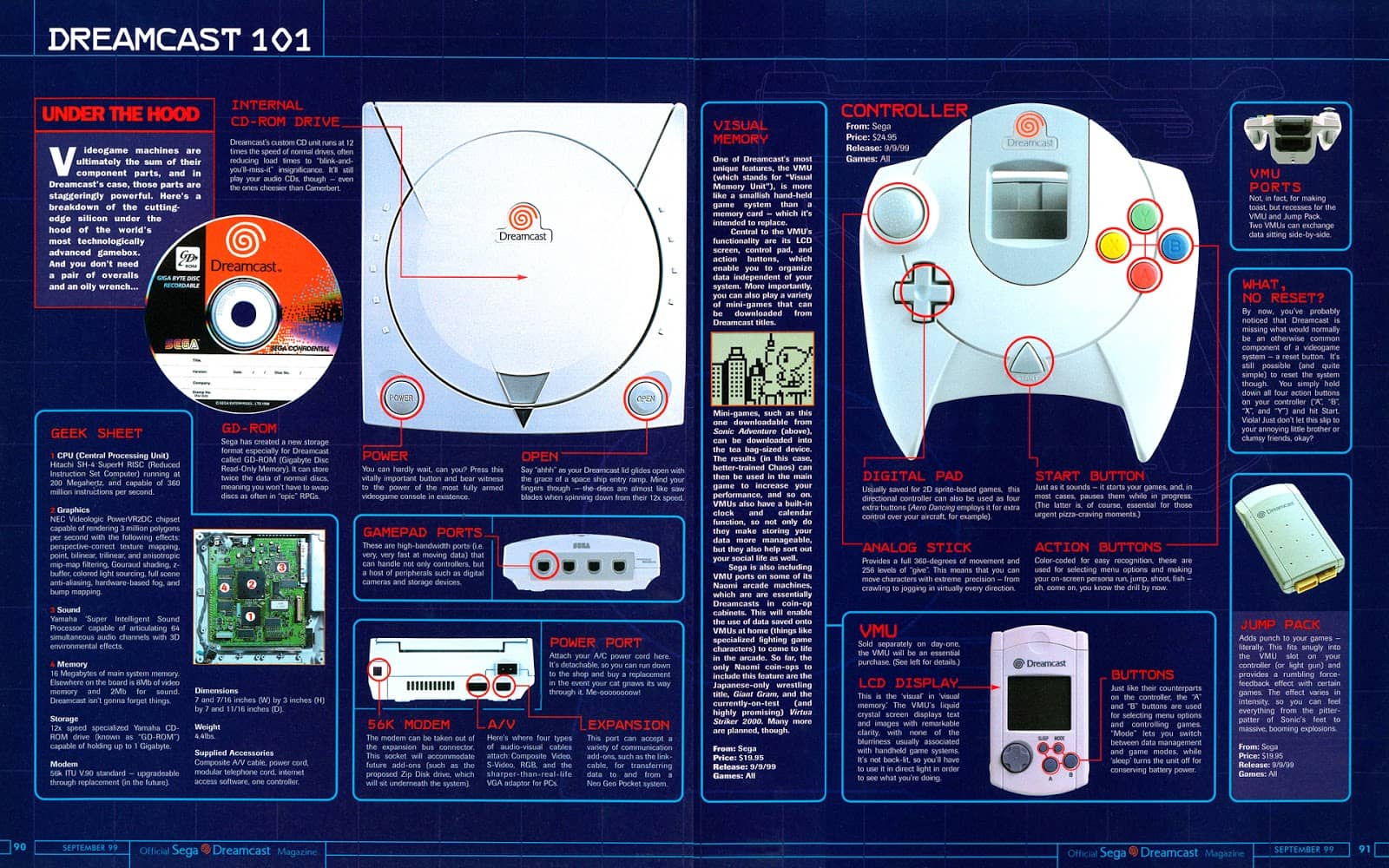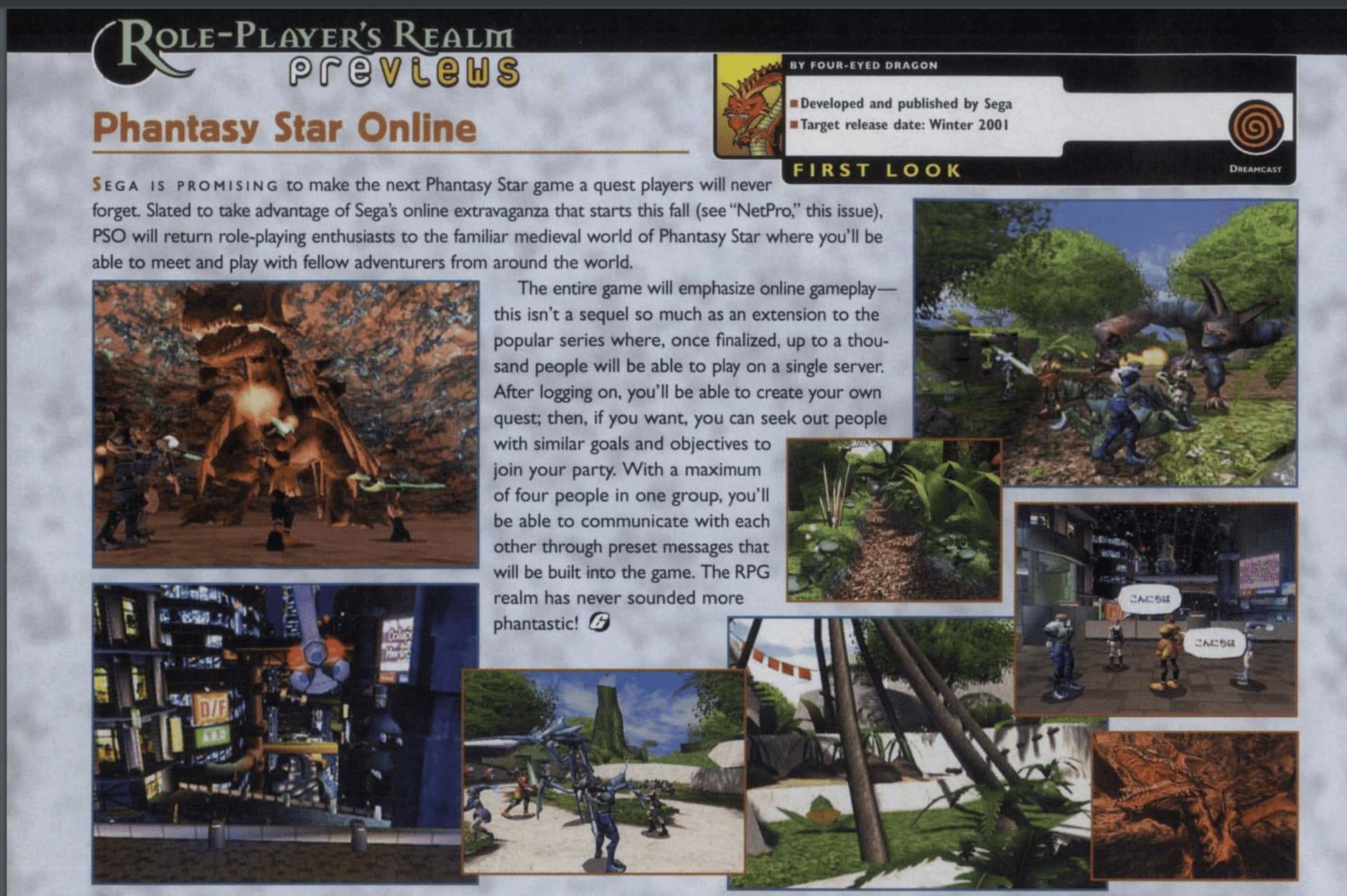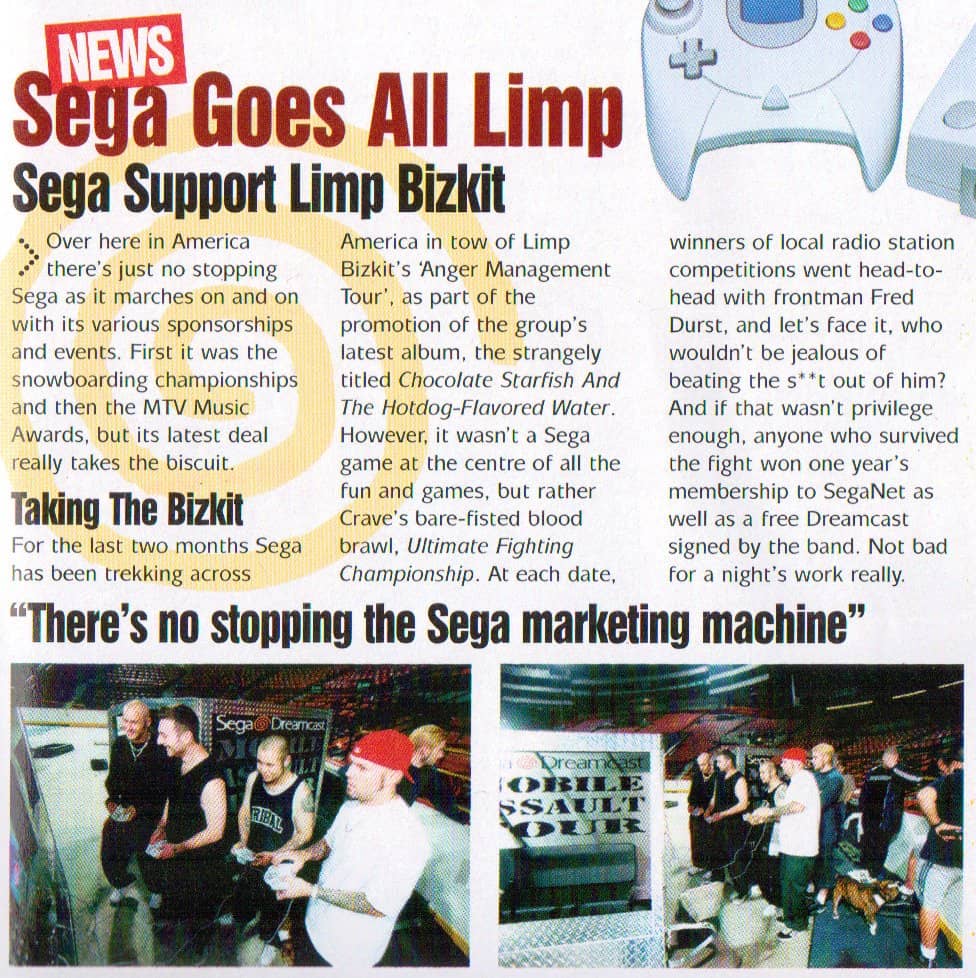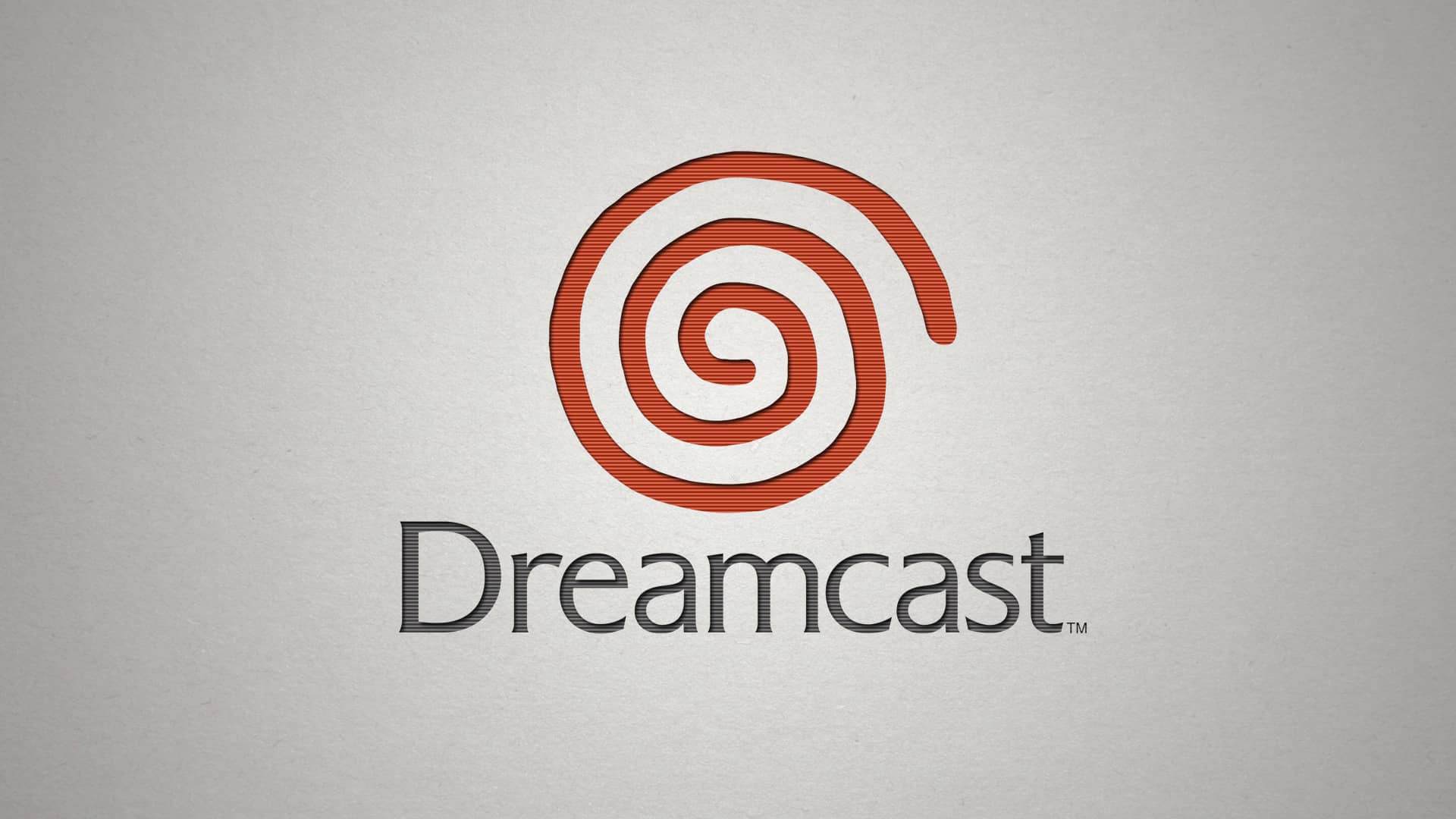Introduction: The Dawn of a Dream
On September 9, 2024, North America celebrates 25 years since the Sega Dreamcast burst onto the scene, its ethereal startup chime—crafted by Oscar-winning composer Ryuichi Sakamoto, known for film scores like The Last Emperor and Merry Christmas, Mr. Lawrence—echoing like a promise of gaming’s boundless future.
With its sleek, futuristic design and iconic spiral logo, conceived by visionary developer Kenji Eno, the Dreamcast wasn’t just a console; it was a bold declaration of what interactive entertainment could become.
Picture a teenager in 1999, plugging in their Dreamcast for the first time, the glow of the orange spiral on the screen igniting a sense of wonder. This was no ordinary gaming machine—it was a portal to a new era.
Though its commercial life was tragically brief, the Dreamcast’s influence reverberates through gaming history. Its pioneering features, from online connectivity to innovative accessories like the Visual Memory Unit (VMU), and its unforgettable library of games left an indelible mark.
As we commemorate this milestone anniversary, we honor a console that dared to dream big, inspiring generations of gamers and developers. Join us as we revisit the Sega Dreamcast—a machine ahead of its time, whose legacy still burns bright.
Dreamcast: A Technical Powerhouse
At the core of the Sega Dreamcast lay a revolutionary design rooted in Sega’s NAOMI (New Arcade Operation Machine Idea) architecture. This wasn’t a mere adaptation; the Dreamcast was engineered to mirror NAOMI’s power, delivering arcade-perfect experiences in the comfort of living rooms.
Games like Crazy Taxi, with its frenetic urban chaos, and Marvel vs. Capcom 2, with its dazzling 3v3 battles, felt indistinguishable from their arcade counterparts, a feat that thrilled players accustomed to coin-op cabinets.
The Dreamcast’s innovation extended to its groundbreaking Visual Memory Unit (VMU). More than a memory card, the VMU was a miniature handheld device with its own LCD screen, buttons, and D-pad. It transformed gameplay in ways that felt futuristic.
In Sonic Adventure, players could raise virtual Chao pets on the VMU, feeding and training them on the go—a novelty that felt like carrying a piece of the game in your pocket. In Resident Evil Code: Veronica, the VMU displayed health and inventory stats, letting players manage resources without pausing. Zombie Revenge took it further, allowing players to collect in-game items that appeared on the VMU’s screen, adding a layer of portable interactivity.
This seamless blend of hardware and software showcased Sega’s commitment to pushing boundaries.
The Dreamcast’s technical prowess was equally impressive. A 200 MHz Hitachi SH-4 RISC processor and NEC PowerVR2 GPU powered fast-paced, detailed graphics with ease. With 16MB of system RAM, 8MB of video RAM, and 2MB of audio RAM, paired with a Yamaha AICA sound processor boasting a 64-channel ADPCM engine, the console delivered vibrant visuals and immersive audio at 640×480 resolution with VGA output support.
Its proprietary 1GB GD-ROM discs offered greater storage than standard CDs, enabling richer game worlds. A built-in 56k modem, upgradeable to Ethernet, made it a pioneer of online gaming, while its four controller ports encouraged multiplayer fun.
The controller’s Hall-Effect thumbstick, resistant to drift long before modern analogs, underscored Sega’s forward-thinking design. This technical foundation made the Dreamcast a marvel, blending arcade fidelity with home console innovation, setting the stage for a library that would redefine gaming.

Arcade-Perfect Ports: Bringing the Arcade Home
The Dreamcast’s NAOMI architecture wasn’t just a technical flex—it was a game-changer that brought the arcade experience to living rooms. In the late 1990s, arcades were the pinnacle of gaming, with their vibrant cabinets and cutting-edge hardware.
The Dreamcast erased the divide, delivering ports so faithful they felt like teleporting an arcade machine home.
- Crazy Taxi:Crazy Taxi threw players into a sun-soaked, chaotic cityscape, punk rock blaring as they swerved through traffic to deliver passengers against a ticking clock.
Its arcade-perfect port captured every heart-pounding moment, from drifting around corners to earning tips with daring stunts, making it a staple of Dreamcast game nights. - Marvel vs. Capcom 2: Marvel vs. Capcom 2 was a love letter to fighting game fans, its roster of 56 characters—from Spider-Man to Ryu—fueling frenetic 3v3 battles.
The Dreamcast port replicated the arcade’s fluid animations and precise controls, making it a tournament favorite and a living room legend. - The House of the Dead 2: A staple of arcades, The House of the Dead 2 was a beloved light gun shooter, and on the Dreamcast, it retained its arcade-perfect performance.
- Confidential Mission: Confidential Mission blended Virtua Cop’s light gun gameplay with spy-thriller flair. Players took on the role of secret agents, tackling dangerous missions with stealth, combat, and high-tech gadgets, offering a strategic twist on arcade shooting.
These ports didn’t just mimic arcades—they made high-end gaming accessible, bridging the gap between coin-op thrills and home entertainment. - Soulcalibur: Soulcalibur set a new standard for 3D fighters with its weapon-based combat and breathtaking visuals. Characters like Nightmare and Ivy moved with balletic grace, their clashes rendered in stunning detail.
The game’s polish and depth made it a genre-defining masterpiece.
Exclusive Titles: A Library of Visionaries
While arcade ports showcased the Dreamcast’s power, its exclusive titles proved its soul. These games weren’t just entertainment—they were bold experiments that pushed the boundaries of design, storytelling, and immersion, cementing the Dreamcast as a haven for creative innovation.
Quake III Arena: Quake III Arena pushed the Dreamcast’s online capabilities, offering fast-paced multiplayer that rivaled PC versions. Its smooth netcode and vibrant arenas made it a pioneer of console shooters.
Sonic Adventure: Sonic the Hedgehog, Sega’s iconic mascot, made his true 3D debut in Sonic Adventure, racing through vibrant worlds like Emerald Coast’s sunlit beaches and Mystic Ruins’ ancient temples. The game’s Chao Gardens, where players raised virtual pets, added a layer of charm that kept players hooked. The game pushed the Dreamcast’s hardware to its limits, delivering speed and spectacle.
Shenmue: Shenmue was a revelation, pioneering open-world gaming with its living city of Yokosuka. Players followed Ryo Hazuki’s quest for revenge, interacting with NPCs who followed daily routines in a world that felt alive. Its blend of RPG elements, martial arts, and cinematic storytelling set a template for modern epics like Grand Theft Auto.
Sword of the Berserk: Guts’ Rage: Based on the Berserk manga, Sword of the Berserk: Guts’ Rage delivered brutal hack-and-slash action exclusive to the Dreamcast. Its dark, bloody world and relentless combat showcased the console’s ability to handle intense narratives, earning a cult following.
Resident Evil Code: Veronica: Initially exclusive to the Dreamcast, Resident Evil Code: Veronica elevated survival horror with haunting visuals, a complex story, and tense gameplay. “For Resident Evil 3, we lowered the bar a bit and wanted to make a game for the core fans… Code: Veronica, which isn’t a numbered title, deserved more to be a numbered one,” creator Shinji Mikami said, noting corporate politics at Capcom influenced its status. The VMU’s real-time stat display added immersion, making every zombie encounter heart-pounding.
Blue Stinger: Blue Stinger blended survival horror with sci-fi camp, casting players as Eliot Ballade on a dinosaur-infested island. Its quirky charm and detailed environments made it a unique gem, beloved by fans for its offbeat style.
Online Pioneering: Dreamarena, DLC, and the Future
The Dreamcast didn’t just play games—it connected them to the world. With a built-in 56k modem, it was the first console designed for online gaming, launching Dreamarena to bring players together. Phantasy Star Online, the world’s first console MMORPG, let adventurers team up across continents to battle alien creatures, offering a glimpse of gaming’s connected future.

Sega went further, pioneering downloadable content (DLC) with free add-ons like new Chao Gardens and character skins for Sonic Adventure 2. This innovation, now a cornerstone of gaming, began as a gift to Dreamcast players. When broadband emerged, the console’s modular design allowed users to swap the 56k modem for an Ethernet adapter, keeping it cutting-edge. In Japan, the DreamEye peripheral introduced video messaging, letting players send pictures and clips via the console—a precursor to modern social features. These advancements positioned the Dreamcast as a visionary, shaping the connected gaming landscape we know today (Classic Game Room, 2014).
A Brief But Lasting Impact
Despite its brilliance, the Dreamcast’s commercial run ended in 2001, a casualty of multiple forces. The PlayStation 2’s overwhelming hype, bolstered by its DVD playback and massive marketing, overshadowed Sega’s offering. The Sega Saturn’s earlier failure left Sega financially strained, limiting its ability to compete. Limited third-party support and piracy, enabled by the GD-ROM’s vulnerabilities, further eroded its market. Sega exited the console business to become a third-party developer, marking the end of an era.
Yet the Dreamcast’s influence endures. Its online focus laid the groundwork for modern multiplayer ecosystems. Shenmue inspired open-world giants like Red Dead Redemption. Its arcade ports made high-end gaming accessible, while its experimental spirit lives on in indie titles and innovative console designs. The Dreamcast didn’t just compete—it reshaped gaming’s future.

Conclusion: A Dream That Lives On
Twenty-five years after its debut, the Sega Dreamcast remains a beacon of innovation. It gave us online gaming, DLC, and a library of titles that still captivate. Its Visual Memory Unit turned memory cards into portable adventures, and its NAOMI architecture brought arcades home. Though its life was short, its impact is eternal.
Today, the Dreamcast thrives in the hearts of fans. Homebrew developers craft new games, and communities release fan-made mods and ports. Picture a Dreamcast humming in a collector’s setup, its orange spiral logo glowing as a new indie title loads—a testament to its enduring spirit. Happy 25th anniversary, Dreamcast. Your dream never faded. Share your favorite Dreamcast memory and keep the legacy alive.
References
- Sakamoto, R. (2007, November 8). Ryuichi Sakamoto – The Last Emperor. YouTube. https://youtu.be/PcGY0dStHuA
- Sakamoto, R. (2009, November 17). Ryuichi Sakamoto – Merry Christmas, Mr. Lawrence. YouTube. https://youtu.be/LGs_vGt0MY8
- Archipel. (2023, December 22). Memories of Kenji Eno. YouTube. https://www.youtube.com/watch?v=S-6dNPYltr0
- Yarwood, J. (2024, January 15). Who Created Dreamcast’s Logo? We Spent A Year Trying To Find Out. Time Extension. https://www.timeextension.com/features/who-created-dreamcasts-logo-we-spent-a-year-trying-to-find-out
- Elk, B. (2024, September 9). The Sega Dreamcast turns 25 years old today (in North America). SEGAbits.com. https://segabits.com/blog/2024/09/09/the-sega-dreamcast-turns-25-years-old-today-in-north-america/
- Blakely, A., & Gattuso, E. (2024, May 6). Hall-Effect Joysticks: How do they work and how will they eliminate joystick drift?. iFixit. https://www.ifixit.com/Wiki/Hall-Effect_Joysticks
- RQ87. (2016, May 21). Crazy Taxi playthrough (Dreamcast) (1CC). YouTube. https://www.youtube.com/watch?v=1-aX7Qentx8
- RQ87. (2014, May 9). Marvel Vs. Capcom 2 playthrough (Dreamcast) (1CC). YouTube. https://www.youtube.com/watch?v=i4El-7Skmgw
- YouTube. (2022, April 29). House of the Dead 2 Dreamcast (Captured Retrotink 5x pro, RGB Scart 480p, Razer Ripsaw HD 4k). YouTube. https://www.youtube.com/watch?v=0asOr1qn2L8
- Bates, K. (2021, September 6). Confidential Mission (Dreamcast) Playthrough. YouTube. https://youtu.be/79RUksh74nI
- Video Game Showcase. (2024, June 7). How DREAMCAST Games Actually Look! | Sega Dreamcast Showcase. YouTube. https://www.youtube.com/watch?v=A8QtLp_HtfU&t=373s
- Official Sega Dreamcast Magazine. (1999, September 1). Dreamcast 101. Official Sega Dreamcast Magazine, (1), 90–91.
- Silentwulf A/V. (2023, June 25). Quake III Arena (Longplay) SEGA Dreamcast. YouTube. https://www.youtube.com/watch?v=Li7TLGxeWvo
- Video Game Showcase. (2024, June 7). How DREAMCAST Games Actually Look! | Sega Dreamcast Showcase. YouTube https://www.youtube.com/watch?v=A8QtLp_HtfU&t=1328s
- cosmaty. (2012, October 9). Shenmue – [Dreamcast] – Gameplay. YouTube. https://www.youtube.com/watch?v=WNrMuTu1EXc
- Game Archive – No Commentary Gameplay. (2016, November 16). Sword of the Berserk: Guts’ Rage – Dreamcast Longplay. YouTube. https://www.youtube.com/watch?v=KhEvX2siwfs
- Longplay Archive. (2021, August 2). Longplay of Resident Evil – Code: Veronica. YouTube. https://www.youtube.com/watch?v=gtG_z7ufEaA
- God Games, J. (2013, March 28). Blue Stinger – Gameplay Dreamcast HD 720P. YouTube. https://www.youtube.com/watch?v=kS–YOM4Foc
- Archipel. (2020, October 15). Shinji Mikami, Part 1: The birth of the survival horror game. YouTube. https://www.youtube.com/watch?v=NKYX3GstHlw&t=1188s
- Four-Eyed Dragon. (2000, July). Role-Player’s Realm Previews: Phantasy Star Online. GamePro, 142, 106–106.
- Classic Game Room. (2014, June 20). Classic Game Room – SEGA DREAMEYE & VISUAL PARK review for Dreamcast. YouTube. https://www.youtube.com/watch?v=kz3sOq506rM



Leave a Reply